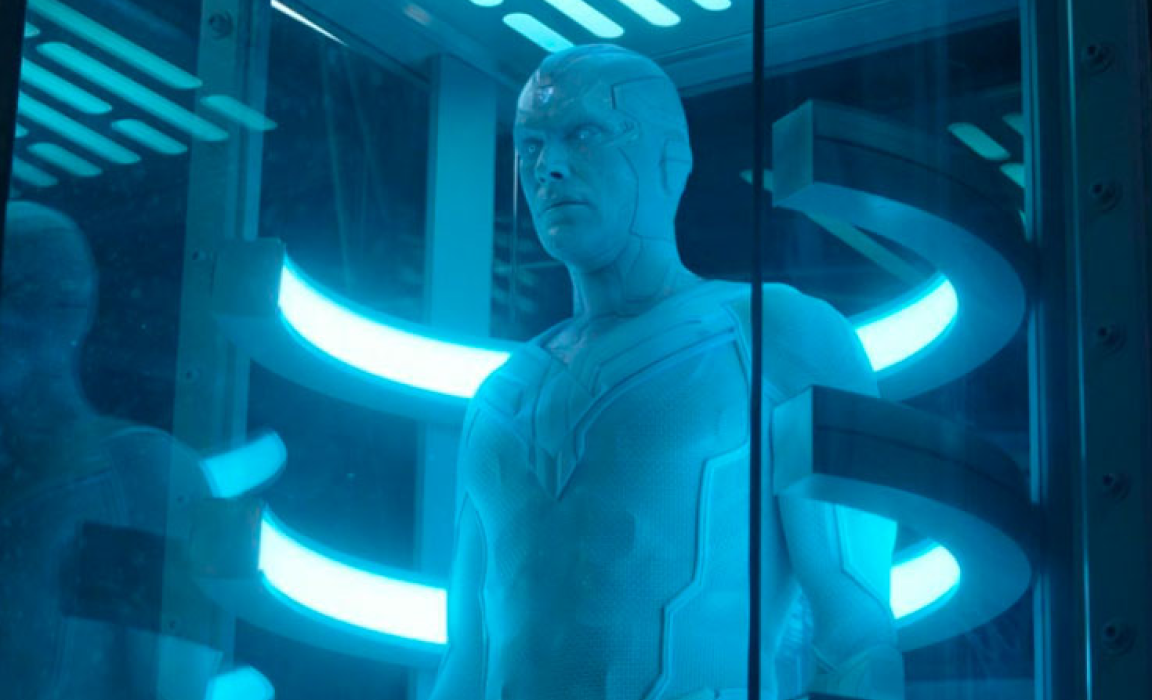How Do Quantum Computers Work?
Normal Computer: Transistors → Logic Gates → Modules → Computer Chips
- Transistors are electric switches that open and close the gate for electrons to pass
- A typical transistor is 14 nanometers (500x smaller than a red blood cell)
- Once transistors get down to the size of a few atoms, electrons might bypass the transistors’ barriers via Quantum Tunneling
- Logic Gates receive 1 set of inputs and produce 1 definite output
- Quantum Gates manipulate an input of superpositions, rotates possibilities, and produces another superposition as its output
- Quantum Computer: Qubits → Quantum Gates → Modules → Computer Chips
- Due to Superposition, one set of inputs can result in all possible outputs
- Due to Entanglement, Quantum Gates can be manipulated to choose the desired output
While normal computers use bits as the smallest unit, quantum computers use qubits.
Qubits, Superposition, and Entanglement
- Qubits can be set to one of two values (ex. vertically vs horizontally polarized)
- At any given moment qubits can be both vertically and horizontally polarized (60/40 for example) because of Superposition
- But once the qubits are passed through a filter it must choose one or the other (double slit experiment)
- The outermost electron in a Phosphorus atom is often used as a qubit
- Electrons have magnetic fields, a property called spin, and will align with the field like a compass
- Spin Down: lowest energy state where the electron is naturally aligned with the magnetic field
- Spin Up: highest energy state where the electron is aligned opposite to the magnetic field
- Due to Superposition, qubits can store exponentially more information than bits
- 4 bits can have 24 combinations of 0s and 1s, user can choose to represent 1
- 4 qubits can have 24 combinations, and it can be all 16 at the same time
- 20 qubits can store over 1 million combinations at once
- Each qubit reacts to a change in the other’s state instantaneously regardless of distance from each other because of Entanglement
- Allows us to deduce the state of another qubit by measuring the state of one qubit
To conclude: a quantum computer is not faster than a traditional computer in every way, it is a computer where the number of operations required to arrive at the result is exponentially smaller.
Roadblock to Quantum Computers
- Qubits will only stay in superposition under very strict conditions
- No radiation, no quantum vibrations, kept in temperatures just above absolute zero, etc.
- Most are only able to maintain qubit superposition for a few seconds so far
Applications: Solving NP-Complete Problems
- Database searching (takes the square root of normal computing time)
- Key encryption/decryption (probability trial and error)
- Simulations (drug discovery and molecular mapping)
- Weather patterns (modeling climate change)
- AI training (data labeling for ANN)

